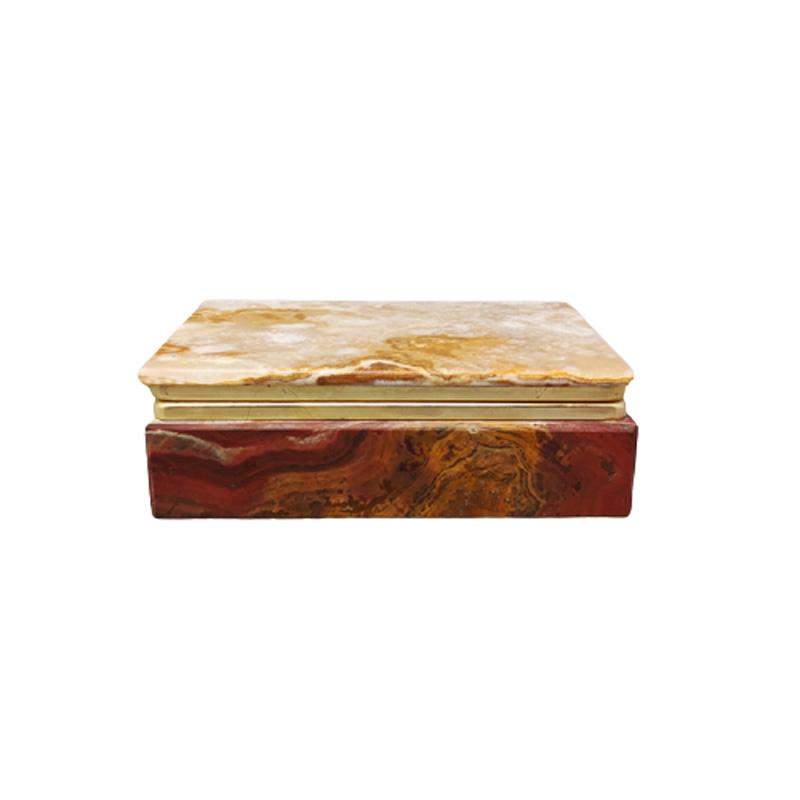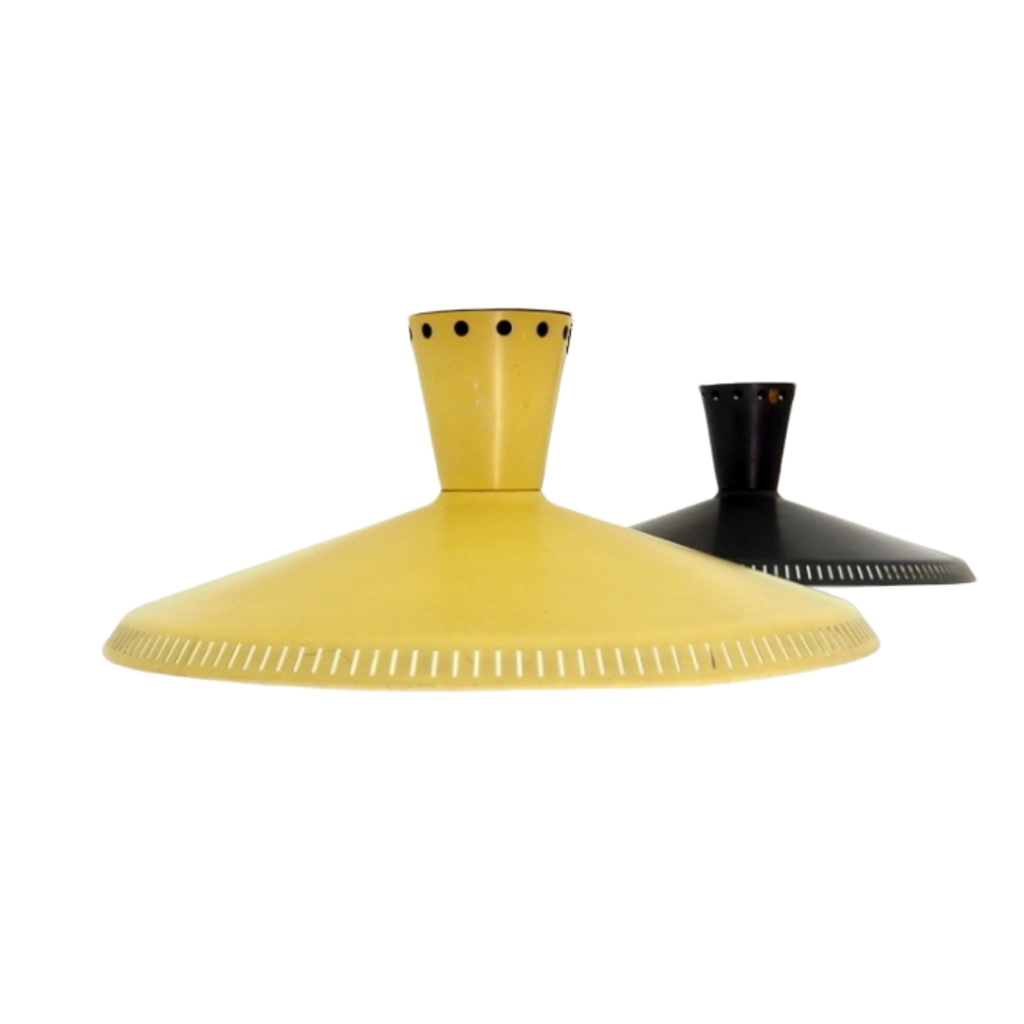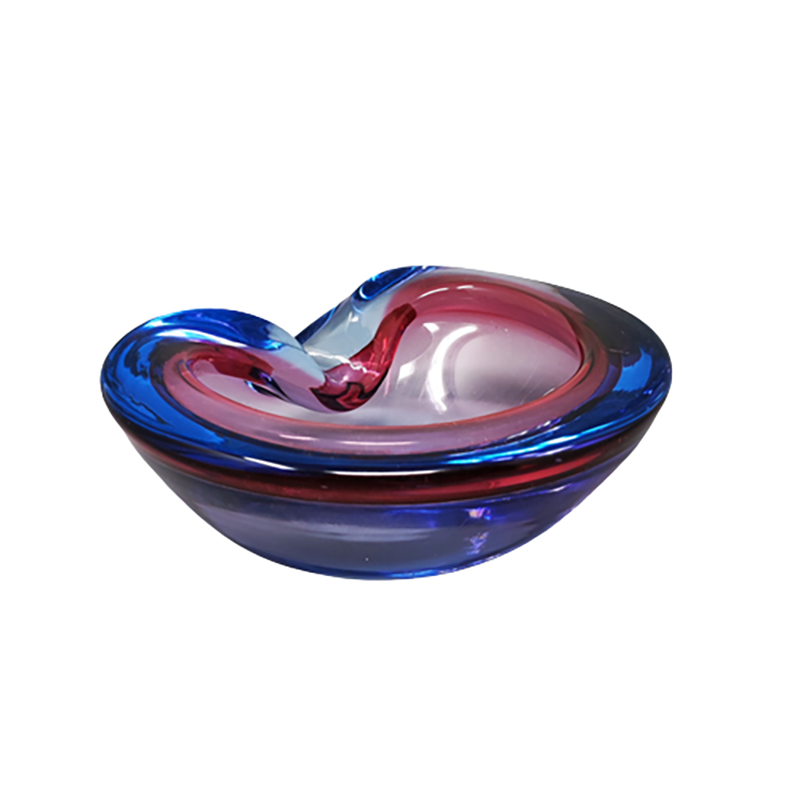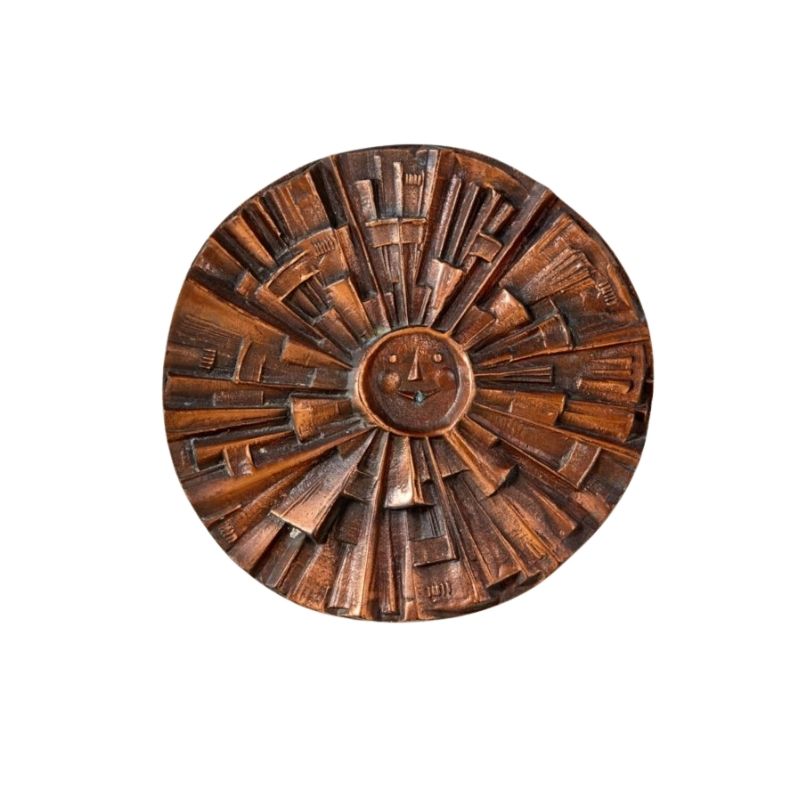Greetings! I just found a set of 6 Finn Juhl Egyptian chairs. Easily my greatest score to date and possibly ever. What is the best way to restore the leather? A couple will need to be reupholstered, where does one find the appropriate leather to match what was originally used? And for the teak, just teak oil without additives and 0000 steel wool?
Now for the photos: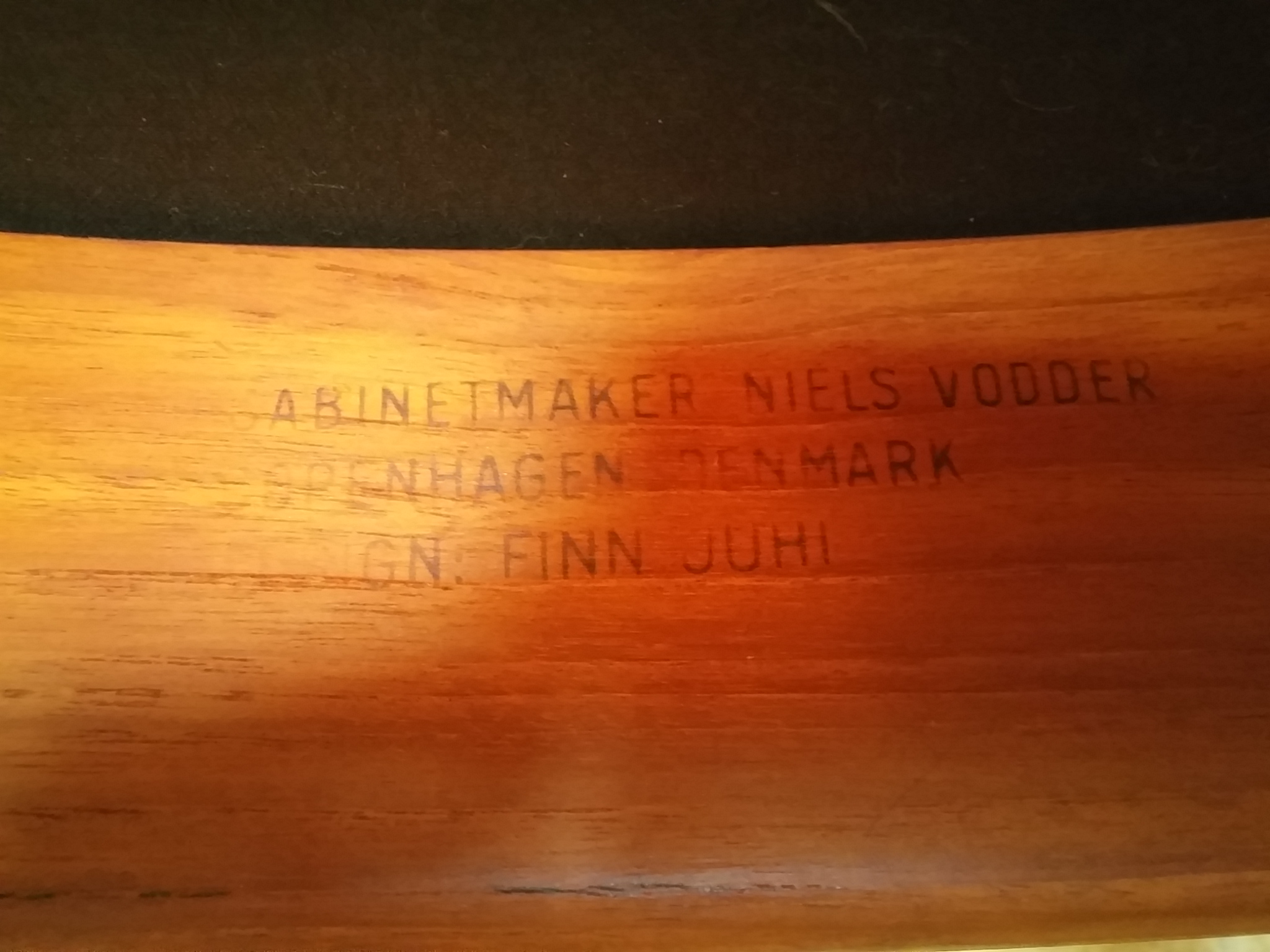
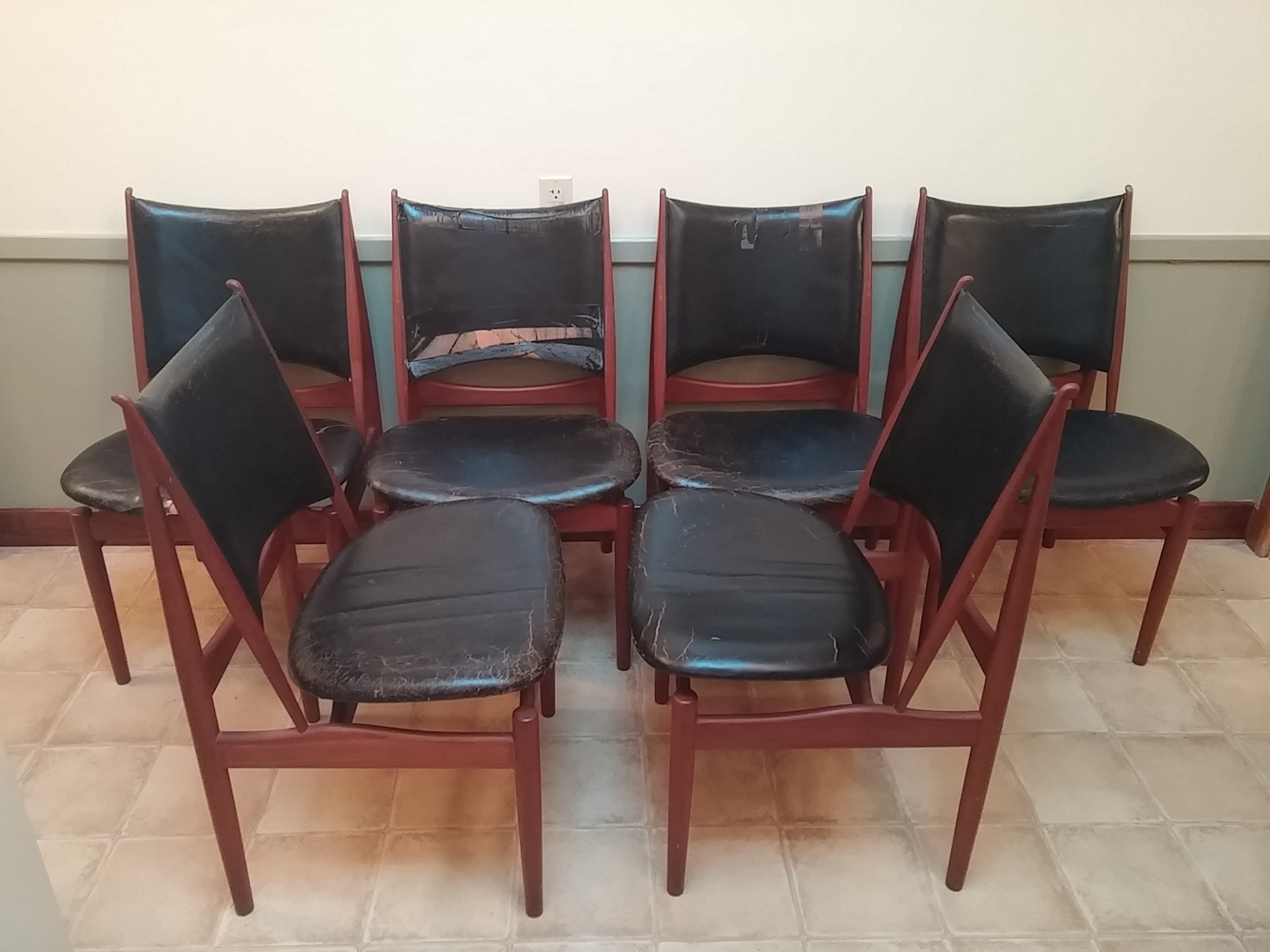 <img class="wpforoimg" src=" http://d1t1u890k7d3ys.cloudfront.net/cdn/farfuture/otcCz_oM9O8gvf1ksW8f96
<img class="wpforoimg" src=" http://d1t1u890k7d3ys.cloudfront.net/cdn/farfuture/otcCz_oM9O8gvf1ksW8f96
Or take them to a pro that knows the difference between "conservation" and "restoration" and where and when to draw distinctions.
"Original condition" can mean a lot. Tart them up at your own risk.
If they were mine, I'd give them a gentle but thorough brushing off and then store them, covered, in a safe place until they appeared in an appropriate auction.
Do you want to continue to own and use the chairs? Or do you want to sell them?
Teak really does not need to be conditioned. Oiling etc is all about appearance, not durability.
Leather is an entirely different thing. I can pretty confidently say that the leather on those chairs is vegetable tanned, and it is the most fragile of leathers. After the oil in the leather evaporates it is prone to damage. Those seats have already started cracking and may be beyond restoration to usuability.
Another way of saying this, is that if you plan to use them you may discover that you decrease their value significantly in making them usable. Your chairs your choice.
You should extensively read up the care of leather. And note that this is not a simple topic because there are many very different things that go by the name "leather." And depending on which "leather" you have certain products can do great, great damage. For instance, almost all soaps are very damaging to vegetable tanned leather, including saddle soap.
If you are shipping them off to an auction house, then take tktoo's advice. If you are keeping them, then you have a lot of research to do before you even touch them, at all, including cleaning.
Leif is right. It's long since time to put this whole notion of "feeding" leather and wood to rest. They're DEAD, folks. They died when the organisms they were once parts of did. They're done needing food!
And, not to put too fine a point on it, discerning collectors want to see any and ALL evidence of an item's history. In this case, consistent patina and patterns of wear are important indicators that the set has remained intact since new.
FWIW, this set is one of the best I've ever seen here.
Final suggestions:
Make copious quality photographs. Collect as much documentation of provenance and chain of ownership as you possibly can. Get a written appraisal and insure appropriately. Consider storage in a secure, climate-controlled facility specializing in fine art. Don't be intimidated by high-end auctioneers or dealers.
Best of luck and thanks for the treat!
For want it is worth, vegetable tanned leather may be something that does need periodic care to stay supple. Chrome-tanned leather does not need any sort of maintenance really. As I said though, "leather" is a very complicated subject made far more complicated because it is not properly understood to be a very general term encompassing a wide variety of different things which have vastly characteristics even though they frequently look the identical.
Sunlight and excessive heat are two non-obvious things that can damage veg tanned leather, so do take tktoo's advice about climate controlled storage.
In FiE 2017, the leading suppliers from all over the world will present you a wide range of flavors, colors, and other ingredients with new textures and health benefits to be applied in bakery, cheese & dairy, meat, snacks & confectionery, drinks, etc. And you will also learn the latest updates on industry developments in the growing markets of clean label, natural/functional ingredients, salt, fat, and sugar reduction, health claims, free from, weight loss management, processing & packaging solutions, and much more.
From Fi Europe 2017
If you need any help, please contact us at – info@designaddict.com



